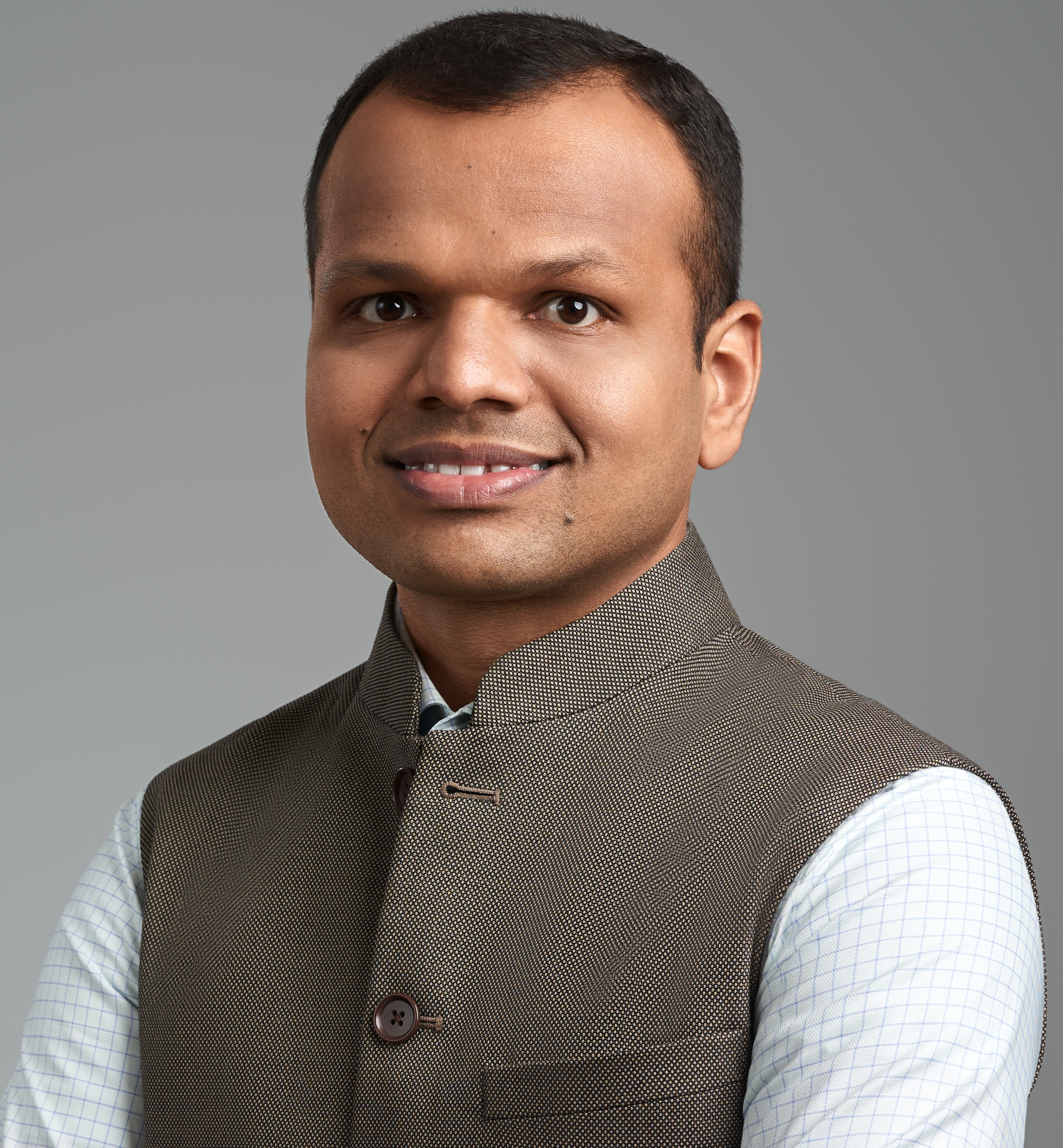Microcredit is frequently touted as an effective policy tool to fight global poverty. However, studies suggest that the long-term impact on recipients’ lives is limited. In this post, Mushfiq Mobarak of Yale University, and Vikas Dimble of Tata Centre for Development, argue that new research reveals microcredit can help more people by modifying and extending its model.
Microcredit is frequently touted as an effective policy tool to fight global poverty. Its global profile was elevated in 2006 when Muhammad Yunus and the Grameen Bank won the Nobel Peace Prize for pioneering microcredit. The industry is now estimated at US$60-100 billion with as many as 200 million clients. It has been generally seen as a way to open credit markets to the poor and unleash their productive capacities.
The conventional microcredit model involves making small loans to some of the very poorest people in the world to enable them to start or run a small income-generating enterprise. Many organisations have used microcredit to target female clients, and have made credit available to them while achieving high overall repayment rates, exceeding 90%.
Does microcredit benefit people?
However, questions remain about how much this approach ultimately benefits the people it is intended to help. Indeed, a series of careful, empirical evaluations in recent years have shown little or limited impact of microcredit on household welfare in developing countries. One analysis, for instance, looked at six studies that provided microcredit expansion through seven different lenders in six countries – Bosnia, Ethiopia, India, Mexico, Morocco, and Mongolia – during 2003-2012. It found a lack of evidence of transformative effects of microfinance on the average borrower (Banerjee et al. 2015). Another researcher studied the impact of access to microcredit on six indicators: household business profits, business expenditures, business revenues, consumption, consumer durables spending, and spending on temptation goods (Meager 2016). She found the average effects of access to microcredit on these outcomes are small and uncertain, probably around 5%. She also found moderate to high probability of zero impact.
New models for better outcomes
The problem here is not a lack of microcredit programmes or their execution, but rather something in the model itself. This leads us to ask: Can we modify or extend certain aspects of the microfinance model to achieve better outcomes for recipients?
Many microcredit programmes require that repayment starts almost immediately and then follows a strict weekly schedule. These strict requirements can make it difficult for borrowers to use the money they receive for productive investments that may take time to be realised. Introducing flexibility in repayment schedules can increase business investments and profits. One study looked at what happened when borrowers were given a two-month grace period at the beginning of a contract (Field et al. 2013). The result? Borrowers were more likely to start a new business, and three years after the grace period, business profits and household income remained higher than for clients under the conventional model. The downside was that with increased risk-taking, more grace-period clients defaulted on loans.
In another study, simply switching from a weekly repayment schedule to a monthly one led to significant improvements in household income for the recipients without any increase in defaults (Field et al. 2012).
These results suggest that some simple changes to contract design could be a significant way of enhancing the effectiveness of microfinance.
The key barrier to reform: Credit history
So why do most microfinance institutions not offer a grace period or flexible contracts at higher interest rates given the likelihood of bigger business profits for clients? The rigidity surrounding repayment is largely a response to lack of information about the creditworthiness of clients. But another innovation backed by empirical findings could help alleviate this worry.
Many microcredit borrowers have little or no formal credit history, meaning lenders have been unable to screen out unproductive borrowers. Lenders demand immediate repayment and use group lending as ways to reduce the risk of default and keep administrative costs down. Nevertheless, a number of recent studies show that the information necessary to make good judgments about borrowers already exists in the community.
Benefits of the community information model
One study looked at what happened when local traders or shopkeepers with significant experience in a community made lending decisions (Maitra et al. 2017). The study was conducted with potato-growing farmers in the Indian state of West Bengal, and the recipients selected by these knowledgeable agents proved particularly successful in increasing potato cultivation and output. Their farm incomes increased significantly, without any offsetting decline in income from other sources.
Another study similarly used community information to identify productive entrepreneurs and assess credit risk (Hussam et al. 2017). In an experiment in the Indian state of Maharashtra, the researchers asked entrepreneurs to rank their peers on various metrics of business profitability and growth and entrepreneurial characteristics. While the average marginal return to the grant was about 8% per month, entrepreneurs ranked by their peers in the top third of the community earned returns between 17 and 27%.
Implications: New models for microcredit
Preventing bias and creating information incentives
The idea that social networks – friends, family, colleagues, and local leaders – are a rich source of information has deep roots in development economics literature. And these studies indicate that community information can be harnessed to better target microcredit lending to those who will make the best use of it. Of course, any implementation of this idea will have to consider how to prevent bias in decision-makers and incentivise the production of accurate information, but it is an avenue ripe for exploration.
Borrowing and consumption smoothing for employees
One final area we think can be further explored is the use of microcredit for a wider range of purposes. Conventional microcredit has focused on providing small loans to fund small businesses. However, there are likely many more employees than entrepreneurs in the world; they might prefer a job with a stable income over the risk of starting a business. Microcredit has the potential to improve these people’s lives as well, if it is used for purposes such as supporting borrowers who are migrating or finding jobs, or for smoothing consumption during difficult seasons.
For example, a series of recent studies in Bangladesh found that a small loan or grant could effectively incentivise rural labourers to temporarily migrate to the city during the lean season – the period between planting and harvest when many farm labourers do not have work. The families of workers who chose to migrate increased their food and non-food spending, as well as calories consumed per day.
The study reveals that microcredit can overcome the barriers preventing poor rural households from taking advantage of seasonal migration. This approach faces ongoing evaluation – it must be determined how well it can be scaled up and used in other locations – but the initial results suggest that microcredit can ease people through difficult times.
In another study, researchers found that access to subsidised microcredit during the lean season in Zambia had a number of benefits, including higher wages and increased consumption (Fink et al. 2018). In Kenya, other studies (for example, Burke et al. 2018) show that providing timely access to credit allows farmers to buy at lower prices and sell at higher prices, increasing farm revenues, and generating higher return on investment. In other words, microcredit can help people overcome seasonal credit crunches which force them to make decisions that do not benefit them in long run.
Improving resilience to shocks and crises
Microcredit can also be useful for helping poor communities cope with unpredictable shocks. In a recent experiment, microfinance clients were randomly pre-approved for loans that would be made available in the event of local flooding (Lane 2018). The study showed this unique type of microcredit improved household welfare through two channels: a ‘pre-event’ insurance effect, where households increased investment in productive but risky production such as land rented and area under cultivation, and a ‘post-event’ effect, where households were better able to maintain consumption and asset levels after a shock such as flooding occurred.
Conclusion
In all of these settings, microcredit was able to alleviate a severe existing constraint and promote welfare gains without focusing on entrepreneurship.
Policymakers and microfinance institutions should experiment with all of these changes to the microcredit model and carefully evaluate what really benefits the communities they want to help. If you want to be sure you are doing the most good you can, the time for evaluation and re-evaluation is always now.
This post first appeared on Yale Insights: https://insights.som.yale.edu/insights/can-the-microcredit-model-be-improved. It is based on an IGC Growth Brief.
Further Reading
- Banerjee, Abhijit, Dean Karlan and Jonathan Zinman (2015), “Six Randomized Evaluations of Microcredit: Introduction and Further Steps”, American Economic Journal: Applied Economics, 7(1):1-21. Available here.
- Burke, Marshall, Lauren Falcao Bergquist and Edward Miguel (2018), ‘Sell Low and Buy High: Arbitrage and Local Price Effects in Kenyan Markets’, NBER (National Bureau of Economic Research) Working Paper No. 24476, April 2018.
- Field, Erica, Rohini Pande, John Papp and Natalia Rigol (2013), “Does the Classic Microfinance Model Discourage Entrepreneurship Among the Poor? Experimental Evidence from India”, American Economic Review, 103(6):2196-2226. Available here.
- Field, Erica, Rohini Pande, John Papp and YJ Park (2012), “Repayment Flexibility Can Reduce Financial Stress: A Randomized Control Trial with Microfinance Clients in India”, PLoS ONE, 7(9):e45679.
- Fink, G, B Kelsey Jack and F Masiye (2018), ‘Seasonal Liquidity, Rural Labor Markets and Agricultural Production’, NBER Working Paper No. 24564, April 2018.
- Hussam, R, N Rigol and B Roth (2017), ‘Targeting High Ability Entrepreneurs Using Community Information: Mechanism Design in The Field’, Working Paper, November 2017.
- Lane, G (2018), ‘Credit lines as insurance; Evidence from Bangladesh’, Job Market Paper.
- Maitra, Pushkar, Sandip Mitra, Dilip Mookherjee, Alberto Motta and Sujata Visaria (2017), “Financing smallholder agriculture: An experiment with agent-intermediated microloans in India”, Journal of Development Economics, Elsevier, 127(C):306-337.
- Meager, R (2016), ‘Understanding the Average Impact of Microcredit Expansions: A Bayesian Hierarchical Analysis of Seven Randomized Experiments’, Working Paper, 30 October 2016.
- Mobarak, MA (2018), ‘Can a Bus Ticket Prevent Seasonal Hunger?’, Yale Insights, 18 January 2018.




 21 August, 2019
21 August, 2019 





By: Anshumita Singh 23 June, 2020
Usage of microfinance as a pre-approved contingent loan is a lucrative option which needs further exploration